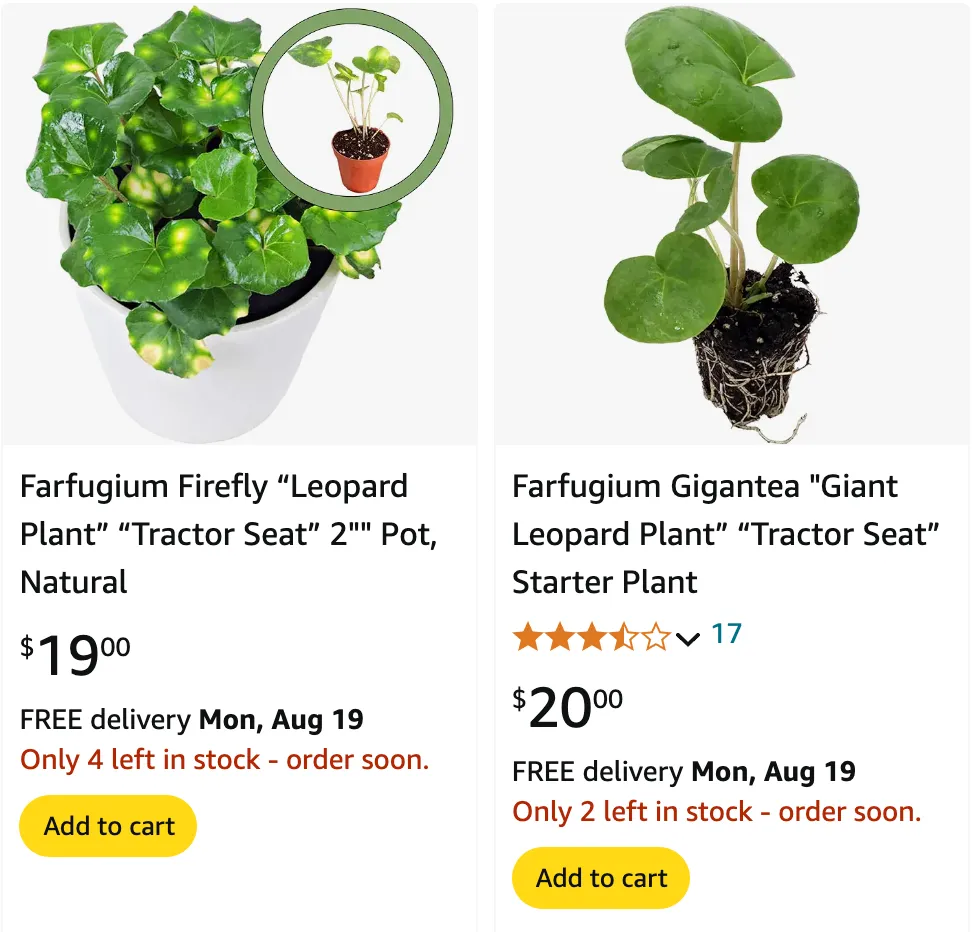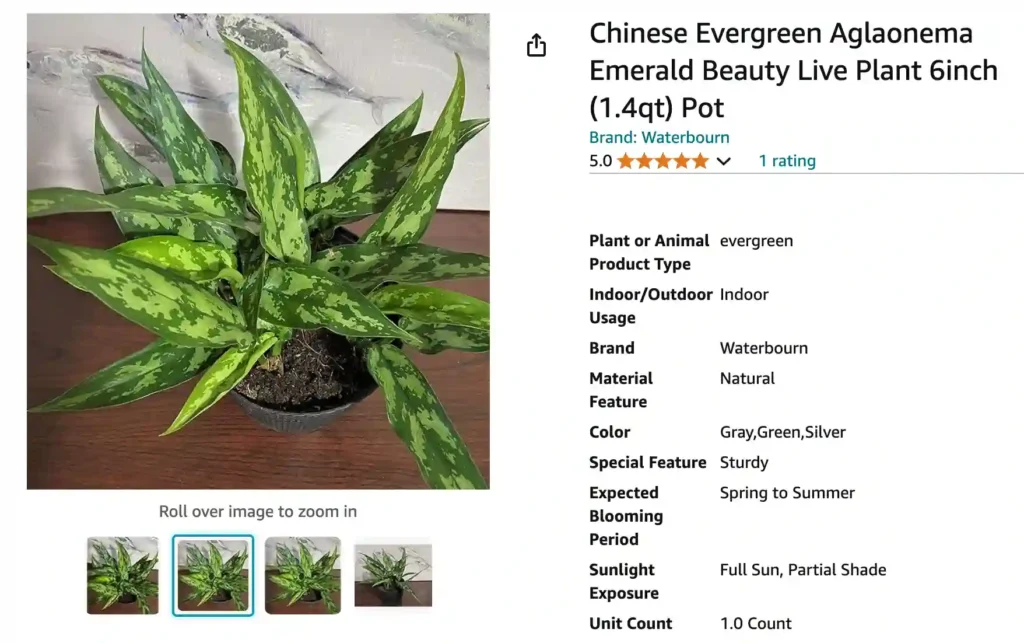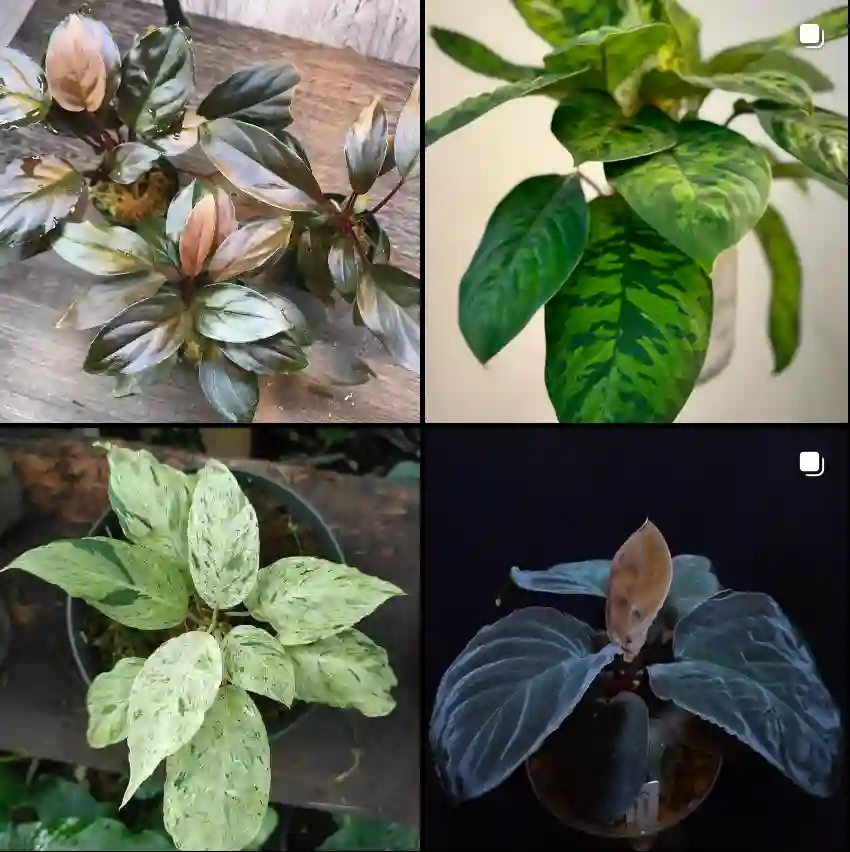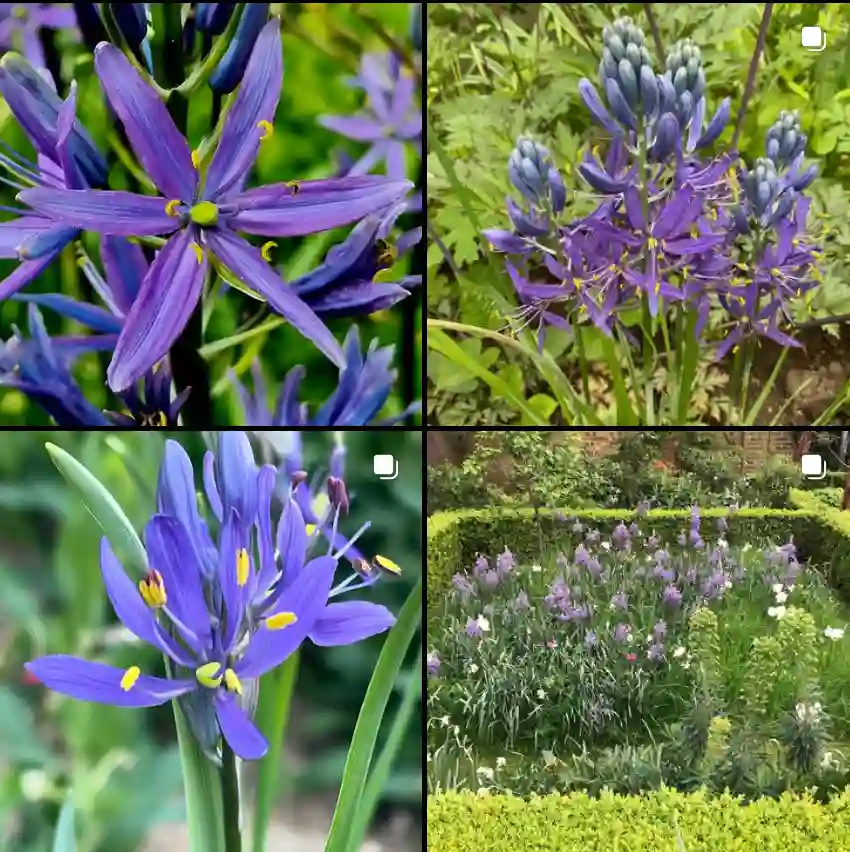
Frequently Asked Questions About Farfugium Firefly
I’ve been growing Farfugium Firefly, also known as the Farfugium Firefly Leopard Plant or Farfugium Japonicum Firefly, for quite some time now. This charming plant never fails to capture attention with its striking variegated foliage and bright yellow flowers. It’s a favorite in my garden for adding a splash of color and texture, especially in shaded areas where other plants might struggle. Let me share some frequently asked questions I often get about this unique plant and my personal experiences with them.
2 Species in Genus Farfugium
What Is Farfugium Firefly?
Farfugium Firefly, or the Farfugium Firefly Leopard Plant, is a perennial plant native to Japan. It’s part of the Asteraceae family, which means it’s related to daisies and sunflowers. The plant is best known for its stunning leaves, which are round, glossy, and have irregular yellow spots that give it a leopard-like appearance. The foliage alone is enough to make it a standout, but in late summer to fall, it also produces clusters of bright yellow flowers that resemble daisies, adding an extra layer of beauty to this already gorgeous plant.
How to Care for Farfugium Firefly?
Caring for a Farfugium Firefly plant is relatively straightforward, but there are some specific conditions that will help it thrive. Here’s how I care for mine:
- Light: Farfugium Firefly prefers partial to full shade. It’s not a fan of direct sunlight, which can scorch its leaves. In my garden, I’ve planted it in an area that gets filtered light, and it’s doing exceptionally well.
- Water: This plant enjoys consistently moist soil but doesn’t like to sit in water. I make sure the soil is well-draining and water it regularly, especially during dry periods. In the summer, I keep the soil damp but not soggy.
- Soil: Farfugium Firefly does best in rich, loamy soil that retains moisture but drains well. I’ve amended my garden soil with organic matter like compost to keep it nutrient-rich and well-draining.
- Temperature: Farfugium Japonicum Firefly is hardy in USDA zones 7-10. It doesn’t like extreme cold, so in cooler climates, I’ve seen people grow it in containers and bring it indoors during the winter months.
- Fertilizing: I feed my Firefly Farfugium plant with a balanced, slow-release fertilizer in the spring. This gives it the nutrients it needs to produce lush foliage and vibrant flowers.
How to Propagate Farfugium Firefly?
Propagating Farfugium Firefly is relatively easy. The most common method is through division. Here’s how I do it:
- Timing: I usually divide my plants in the spring or early fall when the weather is mild.
- Digging: Carefully dig up the entire plant, trying not to damage the roots.
- Dividing: Using a sharp knife or spade, I divide the root ball into sections. Each section should have a good amount of roots and some foliage.
- Replanting: I replant the divisions immediately in well-prepared soil, ensuring they are at the same depth as they were originally.
- Watering: Water the new plants thoroughly and keep the soil moist until they establish new roots.
What to Plant with Farfugium Firefly?
Farfugium Firefly is an excellent companion plant in the garden. I love pairing it with other shade-loving plants like Hostas, Ferns, and Heucheras. The contrast of its spotted leaves with the broad, solid green leaves of Hostas or the delicate fronds of Ferns creates a visually appealing display. Heucheras, with their colorful foliage, add an extra layer of interest, making the whole area feel lush and vibrant.
Is Farfugium Firefly Toxic?
One of the questions I often get is about the toxicity of Farfugium Firefly. From what I know, Farfugium Firefly is considered non-toxic to humans and pets, making it a safe choice for gardens where children and animals play. However, I still recommend caution and supervision, especially with pets, as some animals might experience mild gastrointestinal upset if they chew on the leaves.
How to Handle Pests and Diseases?
Farfugium Firefly is generally pest-resistant, but it can occasionally fall victim to slugs and snails, which love the tender leaves. In my garden, I use organic slug bait and copper tape around pots to keep these pests at bay. As for diseases, the most common issue is leaf spot, which can occur in overly damp conditions. To prevent this, I ensure proper spacing for good air circulation and avoid overhead watering.
Conclusion
Farfugium Firefly, with its unique foliage and bright blooms, is a fantastic addition to any garden. It’s a low-maintenance plant that, with the right care, can thrive in shady spots where other plants might not. Whether you’re a seasoned gardener or just starting, Farfugium Firefly is a plant that will reward you with beauty and resilience year after year. I hope these FAQs help you enjoy growing this delightful plant as much as I do.
If i die, water my plants!



